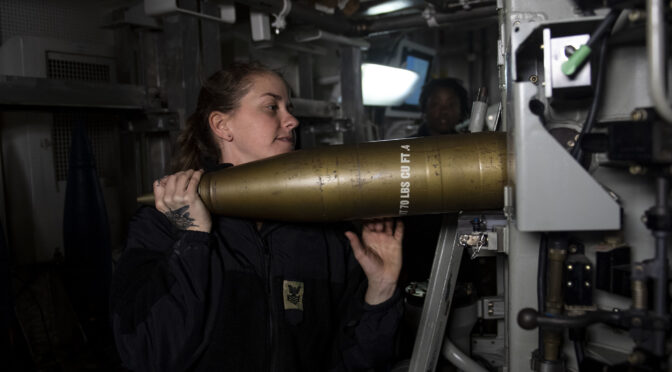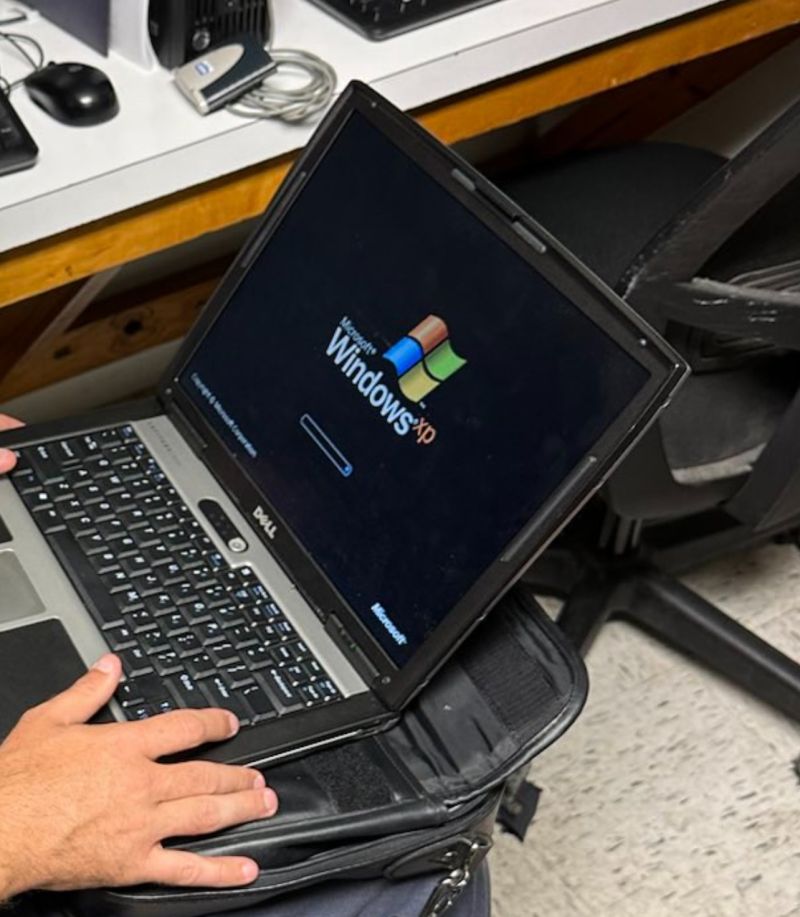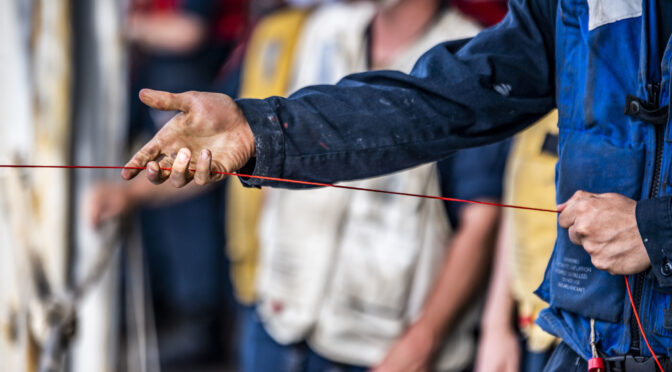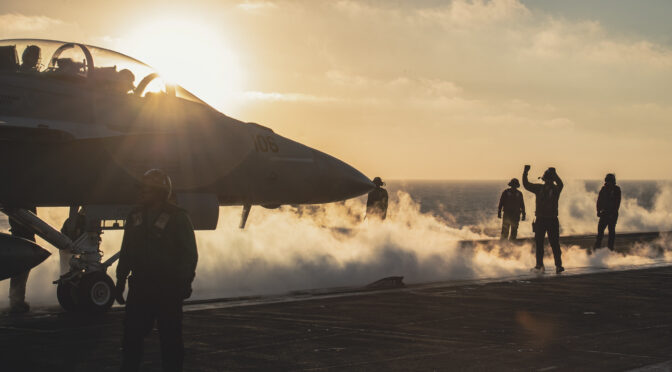By LCDR U.H. (Jack) Rowley
China’s Navy has now eclipsed the U.S. Navy in size, and the gap continues to grow. For this reason, as well as for the benefits that uncrewed surface vessels (USVs) bring to the fight, the U.S. Navy’s Force Design 2045 envisions a future Navy of 350 crewed hulls and 150 uncrewed surface vessels. Like their air and ground counterparts, these unmanned systems are valued because of their ability to reduce the risk to human life in high threat areas, to deliver persistent surveillance, and to provide options to warfighters that derive from the inherent advantages of uncrewed technologies.
However, so far the Navy has only committed to developing and acquiring large uncrewed surface vessels (LUSVs), ranging in length from 200 to 300 feet. These vessels are envisioned to have two roles – as uncrewed ships that can carry missiles or other weapons, or as motherships that can carry medium (MUSVs) and small USVs to the fight. Anticipating that medium USVs will be the workhorses for missions such as ISR, mine countermeasures, and combat logistics, MUSVs have been evaluated by the Navy and the Marine Corps in a large number of exercises, experiments and demonstrations in recent years.
However, after almost a decade of demonstrating the capabilities of MUSVs, the Navy has been slow to establish programs of record to populate the fleet with these workhorses. The Navy should now shift its efforts from prototyping to serial production, given how these vessels have demonstrated their potential to perform the abovementioned missions. These vessels are affordable enough that they can be constructed in large numbers for the cost of a single conventional surface combatant, and allow the Navy to rapidly increase its fleet size to meet burgeoning operational demand signals. Otherwise, the Navy will not be able to confidently keep up with China’s historic naval expansion and offset the pressures that are threatening to shrink the fleet until it makes a firm commitment to serial production of unmanned vessels.
While there are a number of MUSVs that can potentially meet the Navy’s needs, there are three that appear to be furthest along in the evaluation cycle and which have been featured most prominently in numerous Navy and Marine Corps events. They cover a range of sizes, hull types and capabilities, including:
-
- The Vigor Industrial Sea Hunter, a 132-foot-long trimaran.
- The Textron monohull Common Uncrewed Surface Vessel (CUSV) featuring a modular, open architecture design.
- The MARTAC family of catamaran hull USVs that include the Devil Ray T24 and T38 craft.
The CNO can accelerate the Navy’s journey to achieve a robust hybrid fleet by directing a down-select of MUSV candidates and establishing programs of record. The U.S. Navy can diversify its capabilities and make itself more competitive for great power challenges by accelerating its adoption of unmanned vessels.
LCDR U.H. (Jack) Rowley (USN-Ret) is a career Surface Warfare and Engineering Duty Officer whose 22 years of active duty included nine years of enlisted service before commissioning. Since his retirement he has continued to work, as a Naval Architect and Ocean Engineer, with the marine ship design and construction areas in both government and commercial sectors. He has had extensive experience with unmanned surface vehicles including serving as the SAIC Lead Engineer in the early stages of the development of the DARPA/ONR Sea Hunter USV Trimaran now operating with the Navy in the Port of San Diego. He currently serves as the Chief Technology Officer (CTO) for Maritime Tactical Systems, Inc. (MARTAC).
Featured Image: An Expeditionary Warfare Unmanned Surface Vessel autonomously navigates a predetermined course through the water during Advanced Naval Technology Exercise 2019 at Camp Lejeune, N.C., July 12. (Lance Cpl. Nicholas Guevara/Marine Corps)





